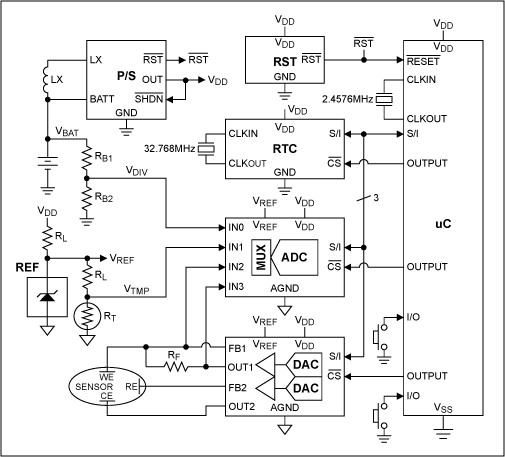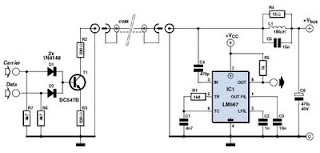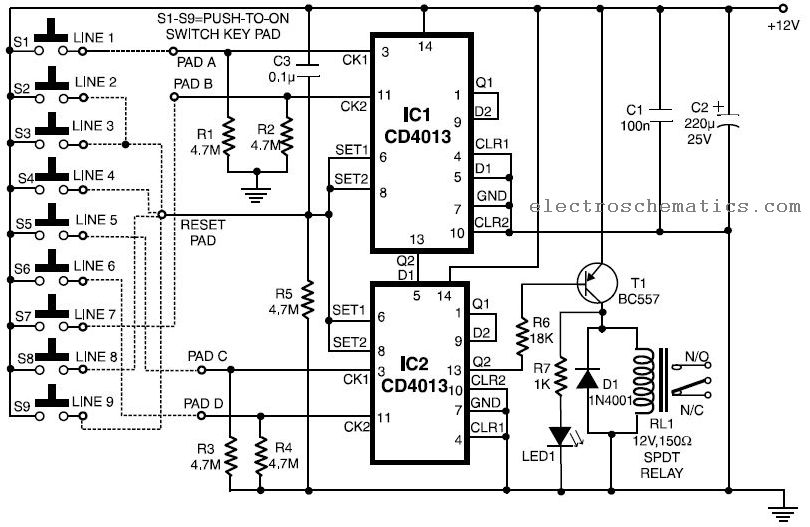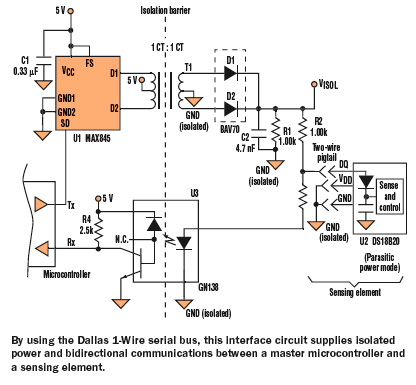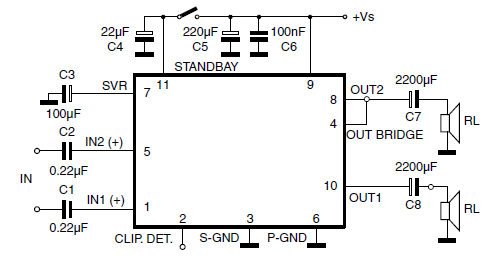
PC DATA LOGGER
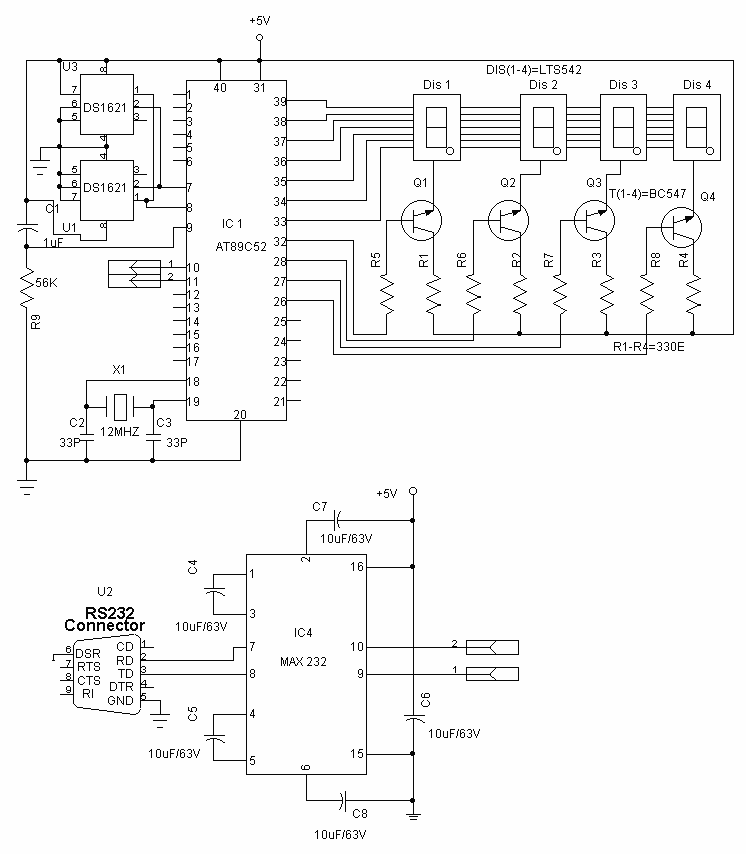
Data acquisition is the process by which events in the real world are sampled and translated into machine-readable signals. Data acquisition typically involves sensors, transmitters and other instruments to collect signals, waveforms etc. to be processed and analyzed with a computer. The components of data acquisition systems include appropriate sensors that convert any measurement parameter to an electrical signal, which is acquired by data acquisition hardware. More: Acquired data typically is displayed, analyzed, and stored on a PC. In our project the Temperature data was monitored by using the Microcontroller & PC. The Project has an Inbuilt Data logger which is used to Log the Temperature data on the PC.
A data acquisition system (DAS) is designed to capture and process real-world data for various applications, including environmental monitoring, industrial automation, and scientific research. The system consists of several key components: sensors, signal conditioning circuits, data acquisition hardware, and software for data analysis and visualization.
Sensors are critical in converting physical parameters, such as temperature, pressure, or humidity, into electrical signals. For temperature measurement, thermocouples, thermistors, or digital temperature sensors may be utilized. These sensors generate a voltage or digital signal proportional to the temperature being measured.
Signal conditioning circuits may be necessary to prepare the sensor signals for digitization. This may include amplification, filtering, and level shifting to ensure that the signals are within the acceptable range for the data acquisition hardware. For example, an operational amplifier can be used to amplify the output of a thermocouple, while a low-pass filter can eliminate high-frequency noise.
The data acquisition hardware typically comprises an analog-to-digital converter (ADC) that samples the conditioned signals at specified intervals. The ADC converts the analog voltage levels into digital values that can be processed by a microcontroller or a computer. Popular microcontrollers, such as those from the Arduino or Raspberry Pi families, can be programmed to handle the data acquisition process, including reading the ADC values, performing calculations, and communicating with a PC.
Once the data is acquired, it can be transmitted to a PC for further analysis and storage. This is often accomplished through communication interfaces such as USB, serial, or wireless protocols. Software applications may be developed or utilized to visualize the data, perform statistical analysis, and log the information for future reference. The inbuilt data logger mentioned in the project collects temperature data over time, allowing for historical analysis and trend monitoring.
Overall, a well-designed data acquisition system provides accurate and reliable measurements, enabling users to make informed decisions based on real-time data analysis.Data acquisition is the process by which events in the real world are sampled and translated into machine-readable signals. Data acquisition typically involves sensors, transmitters and other instruments to collect signals, waveforms etc.
to be processed and analyzed with a computer. The components of data acquisition systems include appropriate sensors that convert any measurement parameter to an electrical signal, which is acquired by data acquisition hardware. Acquired data typically is displayed, analyzed, and stored on a PC. In our project the Temperature data was monitored by using the Microcontroller & PC. The Project has an Inbuilt Data logger which is used to Log the Temperature data on the PC. A dat 🔗 External reference
A data acquisition system (DAS) is designed to capture and process real-world data for various applications, including environmental monitoring, industrial automation, and scientific research. The system consists of several key components: sensors, signal conditioning circuits, data acquisition hardware, and software for data analysis and visualization.
Sensors are critical in converting physical parameters, such as temperature, pressure, or humidity, into electrical signals. For temperature measurement, thermocouples, thermistors, or digital temperature sensors may be utilized. These sensors generate a voltage or digital signal proportional to the temperature being measured.
Signal conditioning circuits may be necessary to prepare the sensor signals for digitization. This may include amplification, filtering, and level shifting to ensure that the signals are within the acceptable range for the data acquisition hardware. For example, an operational amplifier can be used to amplify the output of a thermocouple, while a low-pass filter can eliminate high-frequency noise.
The data acquisition hardware typically comprises an analog-to-digital converter (ADC) that samples the conditioned signals at specified intervals. The ADC converts the analog voltage levels into digital values that can be processed by a microcontroller or a computer. Popular microcontrollers, such as those from the Arduino or Raspberry Pi families, can be programmed to handle the data acquisition process, including reading the ADC values, performing calculations, and communicating with a PC.
Once the data is acquired, it can be transmitted to a PC for further analysis and storage. This is often accomplished through communication interfaces such as USB, serial, or wireless protocols. Software applications may be developed or utilized to visualize the data, perform statistical analysis, and log the information for future reference. The inbuilt data logger mentioned in the project collects temperature data over time, allowing for historical analysis and trend monitoring.
Overall, a well-designed data acquisition system provides accurate and reliable measurements, enabling users to make informed decisions based on real-time data analysis.Data acquisition is the process by which events in the real world are sampled and translated into machine-readable signals. Data acquisition typically involves sensors, transmitters and other instruments to collect signals, waveforms etc.
to be processed and analyzed with a computer. The components of data acquisition systems include appropriate sensors that convert any measurement parameter to an electrical signal, which is acquired by data acquisition hardware. Acquired data typically is displayed, analyzed, and stored on a PC. In our project the Temperature data was monitored by using the Microcontroller & PC. The Project has an Inbuilt Data logger which is used to Log the Temperature data on the PC. A dat 🔗 External reference
Warning: include(partials/cookie-banner.php): Failed to open stream: Permission denied in /var/www/html/nextgr/view-circuit.php on line 713
Warning: include(): Failed opening 'partials/cookie-banner.php' for inclusion (include_path='.:/usr/share/php') in /var/www/html/nextgr/view-circuit.php on line 713

